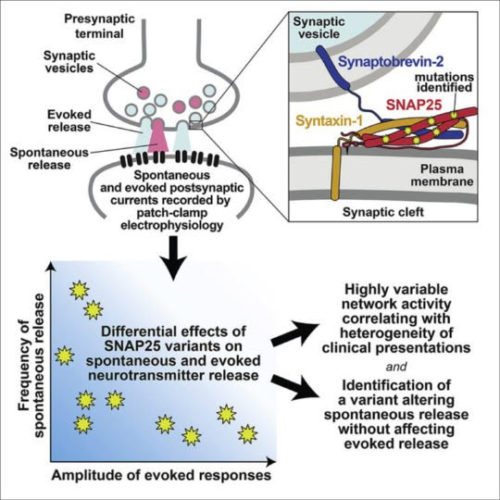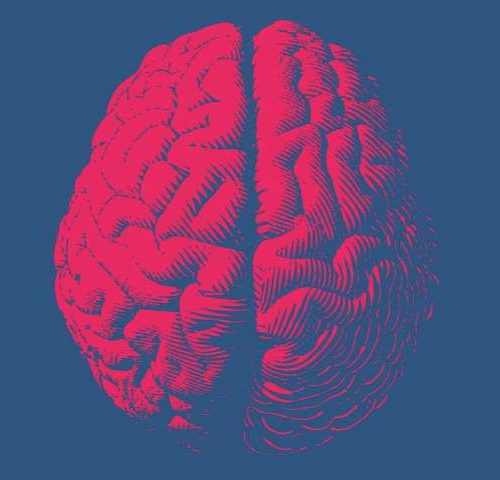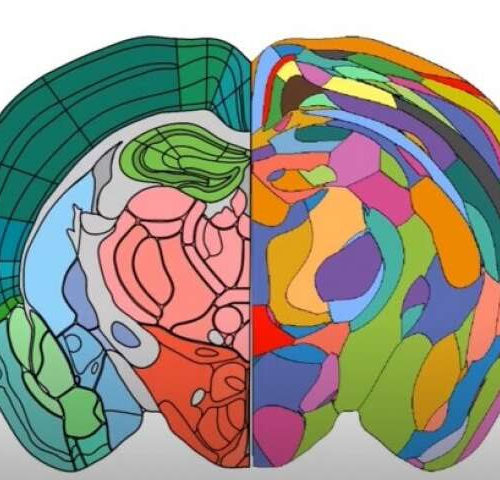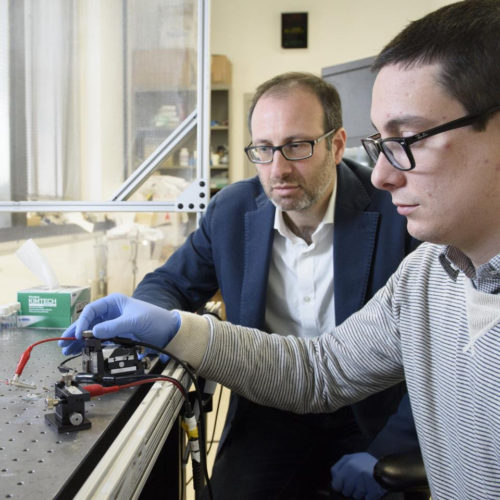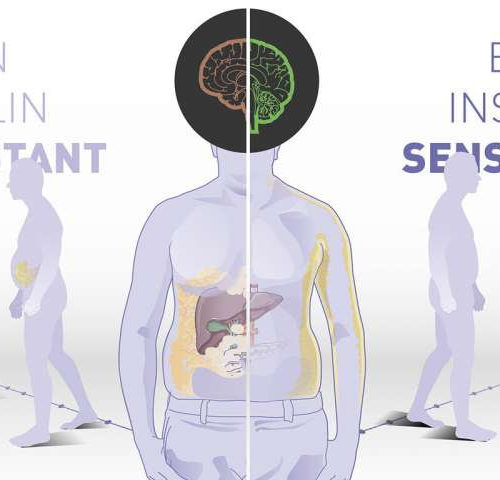DGIST (DAEGU GYEONGBUK INSTITUTE OF SCIENCE AND TECHNOLOGY) □ Professor Suh Byung-chang’s research team of the Department of Brain Sciences, DGIST (President: Kuk Yang), announced on Wednesday, November 23 that they have identified the molecular mechanism for the activation of ‘voltage-dependent calcium channels,’ an important protein that regulates the secretion of neurotransmitters at nerve cell...
Tag: <span>neurotransmitters</span>
Spontaneous release of neurotransmitters in the brain identified as a culprit of developmental disorders in infants and children
Vanderbilt pharmacologists have reported the first evidence that aberrant spontaneous release of neurotransmitters in the brain can cause a range of severe intellectual and neurodevelopmental disorders in infants and children. Ege Kavalali, who holds the William Stokes Chair in Experimental Therapeutics and is acting chair of pharmacology, and postdoctoral scholar Baris Alten, describe their research in the article,...
New material senses neurotransmitters in the brain
by Andre Salles, Argonne National Laboratory A new glutamate-sensing material could lead to new insights into the workings of the human brain. What happens when you bring three scientists of diverse disciplines together, and give them the resources of two of the country’s top research facilities? In this case, they discover a new material that may help scientists...
New method developed for mapping brain areas according to molecular profile
by Felicia Lindberg, Karolinska Institutet Researchers have mapped the mouse brain into areas according to their molecular profile. In a new study researchers at Karolinska Institutet and KTH Royal Institute of Technology have developed a new kind of brain atlas based on an innovative method of mapping brain tissue into areas according to their molecular...
Stanford researchers develop artificial synapse that works with living cells
CREDIT: L.A. CICERO/STANFORD NEWS SERVICE In 2017, Stanford University researchers presented a new device that mimics the brain’s efficient and low-energy neural learning process. It was an artificial version of a synapse – the gap across which neurotransmitters travel to communicate between neurons – made from organic materials. In 2019, the researchers assembled nine of...
Restoring nerve-muscle communication in ALS
by Karuna Meda, Thomas Jefferson University Patients with amyotrophic lateral sclerosis (ALS), also known as Lou Gehrig’s disease, lose muscle control as nerve cells or neurons in the brain and spinal cord degenerate and can no longer send signals to muscles. Previous studies have identified that problems at the synapse, the point where signals jump...
Brain insulin sensitivity determines body weight and fat distribution
by Deutsches Zentrum fuer Diabetesforschung DZD Just where fat is deposited in the body and to what degree a person may benefit from a lifestyle intervention depends, among other things, on how sensitive the brain is to insulin. If the person’s brain responds sensitively to the hormone, a significant amount of weight can be lost,...
Researchers discover new binding partner for amyloid precursor protein
An international team of researchers has discovered a new binding partner for amyloid precursor protein (APP)—a neurotransmitter called GABABR1a. In their paper published in the journal Science, the group describes their study of a non-pathogenic version of APP and what they found. Martin Korte with Technische Universität Braunschweig has written a Perspective piece on the...

